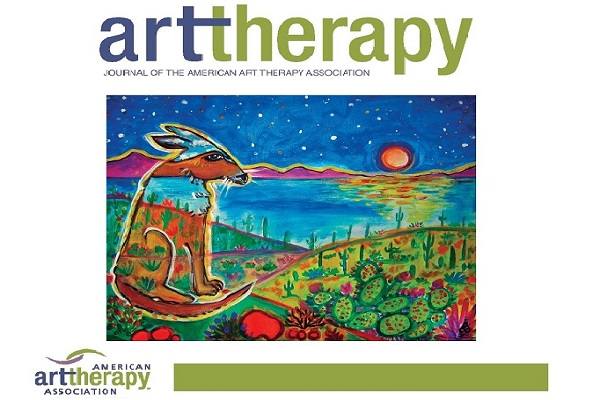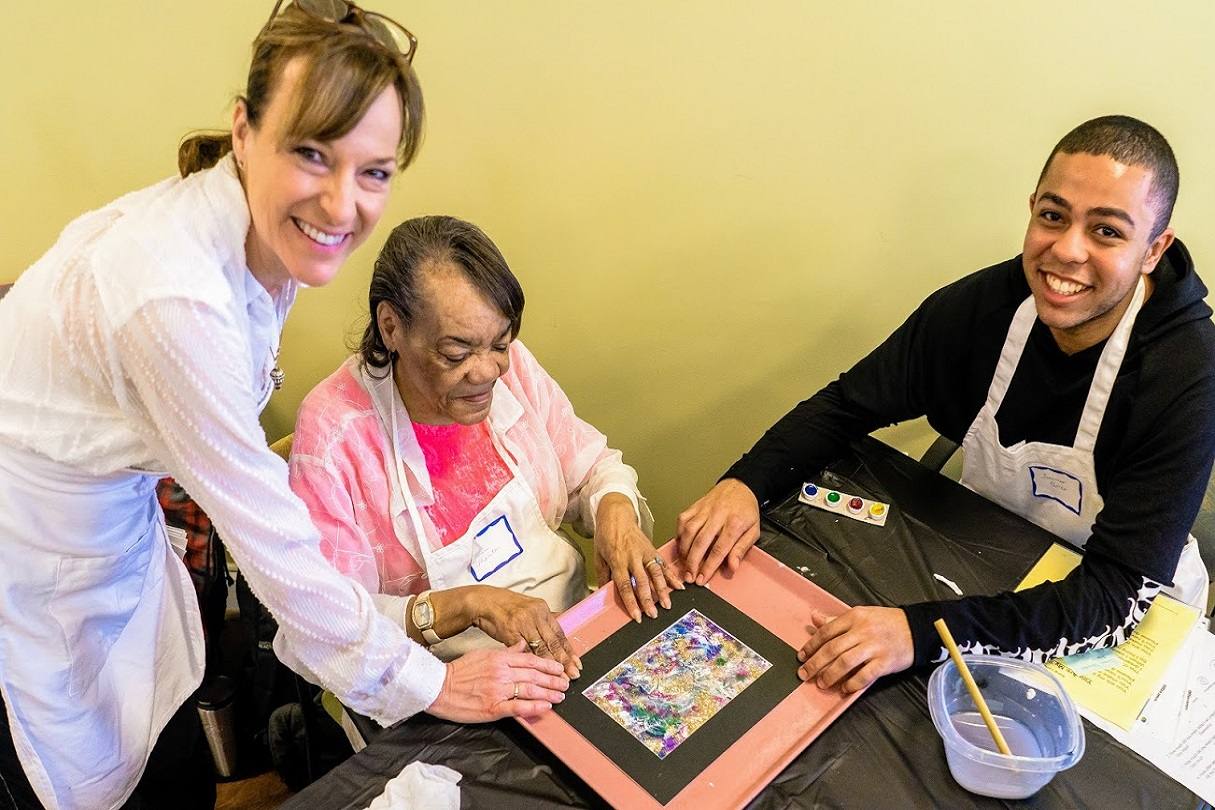Art, whether creating it or viewing it can be used to help people explore emotions, develop self-awareness, cope with stress, boost self-esteem and work on social skills.
Art therapy is considered a best practice and it is an important adjunct to mental health treatment. It is a technique rooted in the idea that creative expression can foster healing, and mental well-being, to channel emotions and develop identity. Art therapy is conducted by a licensed or certified Art therapist, usually in a setting pairing a single therapist with a single client.
Some goals of Art therapy:
– Improve cognitive and sensory-motor functions
– Foster self-esteem and self-awareness
– Cultivate emotional resilience
– Promote Insight
– Enhance Social Skills
– Reduce or resolve conflicts and distress, and advance societal ecological change.
Therapeutic Art is what we do through Art for the Journey. You might say it’s “art to support the journey of life.”
Therapeutic Art, although drawing on the same “beneficial energy”, is something available to everyone, and does not require specialized training. Therapeutic Art is what we do through Art for the Journey. You might say it’s “art to support the journey of life.”
Art for the Journey’s art-making events are conducted in a group setting, using person-centered engagement, with varying requirements for participation. Not all AFJ volunteers are artists. Some have been certified as Facilitators of a particular program (like OMA). Some have received specific training (like for veterans art, the OMA program or art for incarcerated women). Some volunteers have qualifications such as MD, PhD, Masters of Education, and more, other volunteers are as young as high school age. By engaging a range of volunteers, both artists and non-artists, Art for the Journey promotes diversity, equity and community, encourages empathy and brings about a sense of well-being for all involved.
We try to configure all our classes and events in a way that fosters these values and produces “therapeutic art-making”.


Art for the Journey offers specialized certification training in partnership with Miami University-OH for people from across the USA. The OMA Facilitator training makes it possible for others to provide the best-practice program in places around the nation and beyond. Art for the Journey provides training and orientation sessions for volunteers in our our prison, veterans, and regular OMA programs, all of which are through partnerships with VCU Doctoral students completing their OT Capstone projects. OMA was developed by a gerontologist and is considered a national best practice in the engagement of older adults with dementia and Alzheimer’s. It has been described as a “non-pharmacologic therapeutic intervention”. Visit the Scripps OMA “Hybrid Training.” https://www.scrippsoma.org/hybrid-training-locations/#richmond-va
Art for the Journey has upcoming plans to partner with VCU in designing training for the children’s programs.
Art for the Journey’s overarching goals are to foster self-esteem and self-awareness, promote positive social skills, and set the stage for bringing about a sense of well-being, and even healing, through art-making within the context of a supportive community. Everyone benefits, our participants and our volunteers.
For those interested in traditional art therapy with the populations we serve, we invite you to view these articles:
Veterans: Healing Invisible Wounds: Art Therapy and PTSD
Children: Benefits of Expressive Art Therapy for Children and Child Art Therapy: How It Works
Older Adults: Aging: What’s Art Got To Do With It?
People Experiencing Incarceration: How Art is Transforming the US Prison System and The Importance of Art in Prisons .

 by Artasia &
by Artasia &